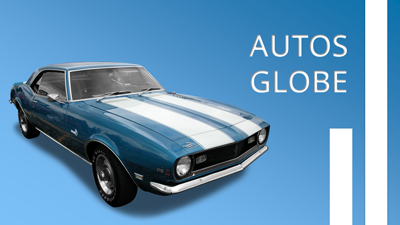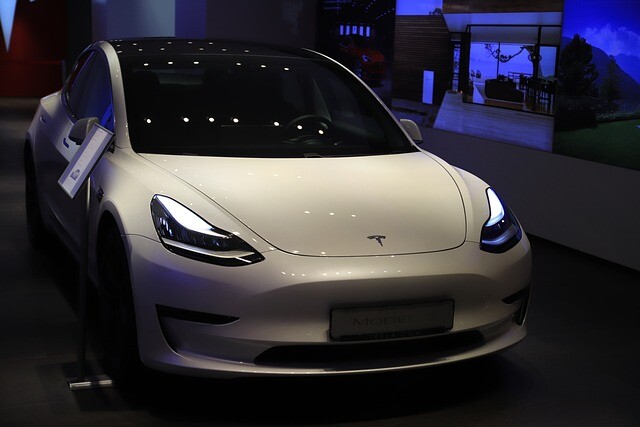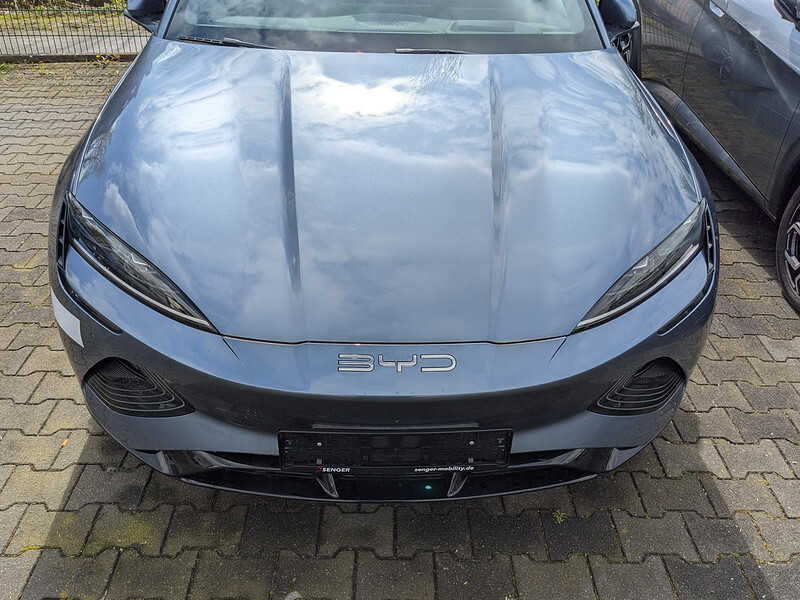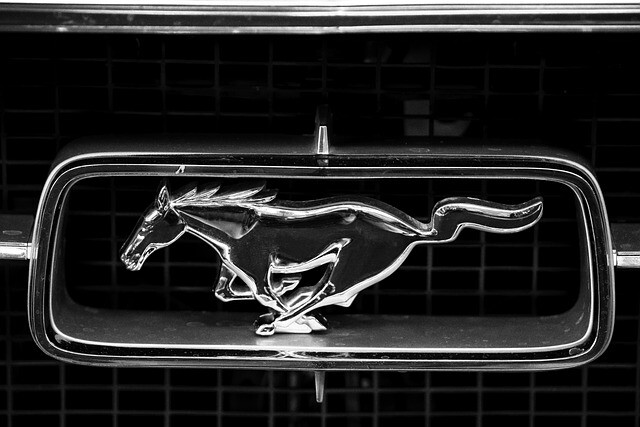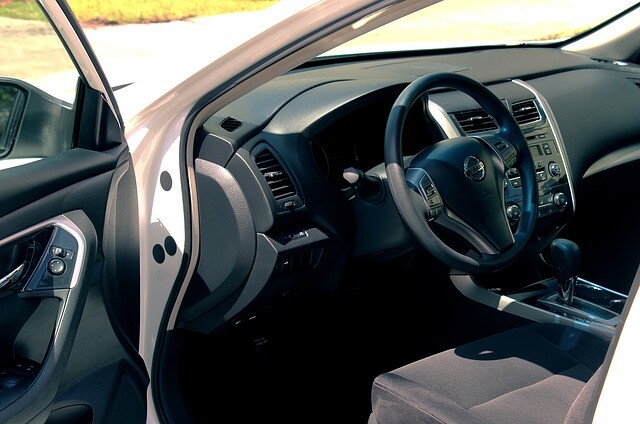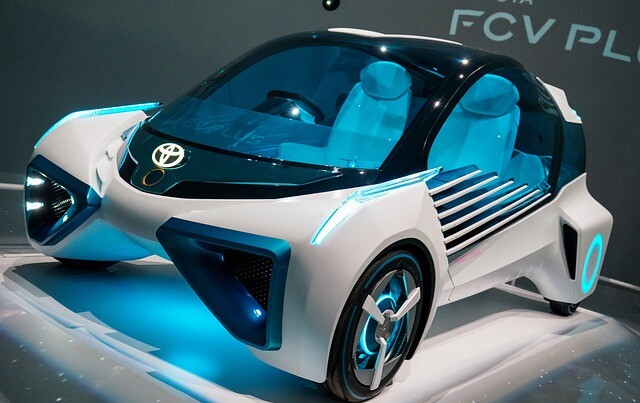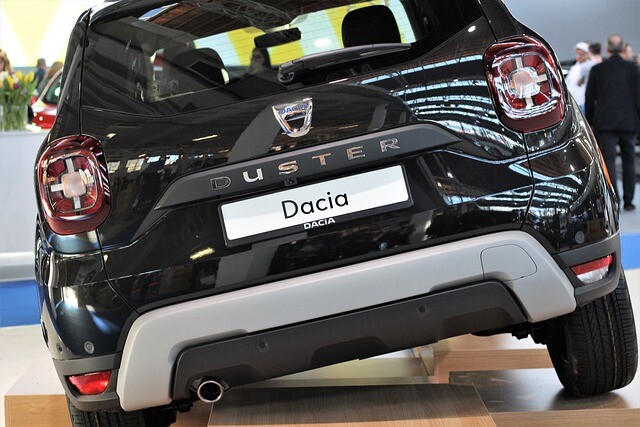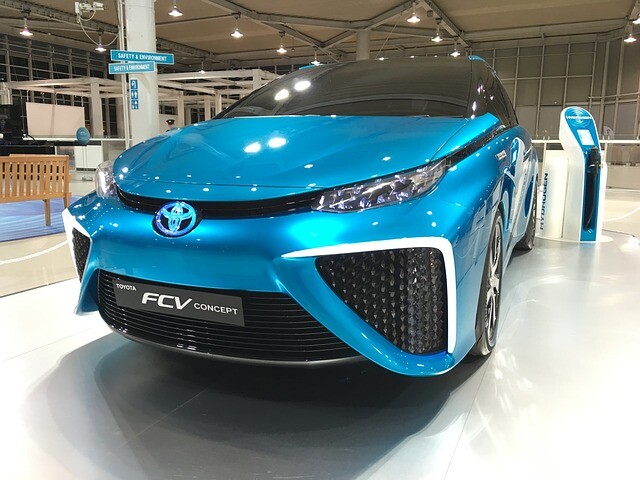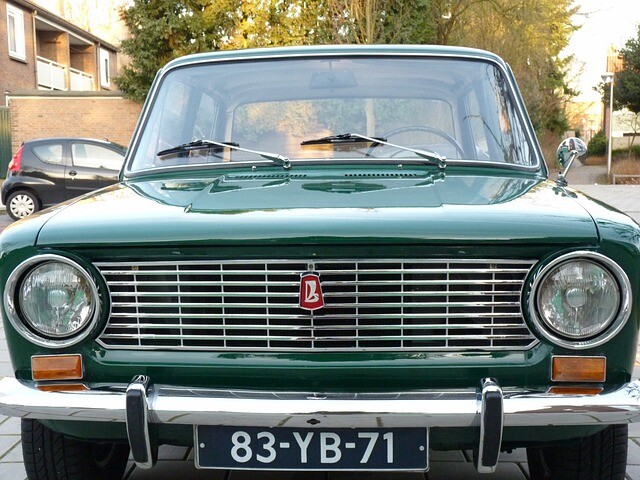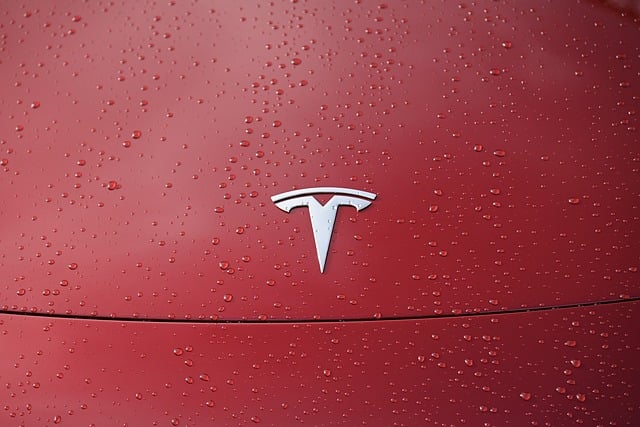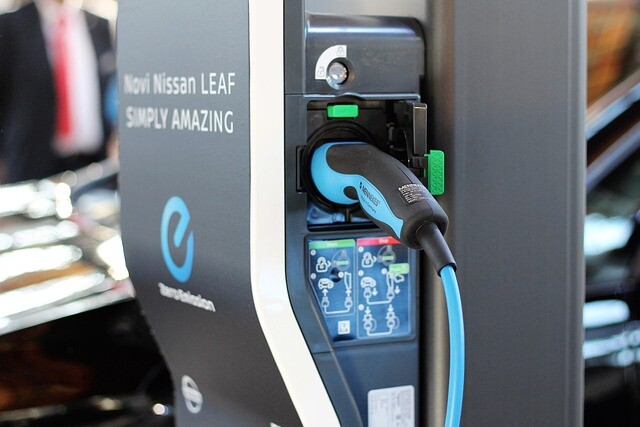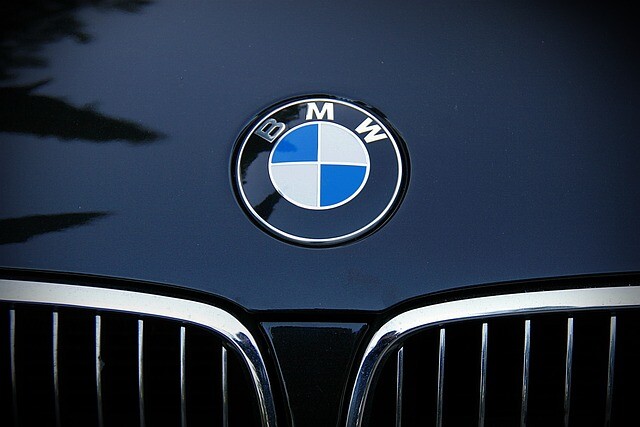Engine power is 136 hp instead of 120, and the maximum torque (295 Nm) has not changed. The on-board charger was replaced from 6.6 kW to a 7.2 kW unit. The car can be recharged to 80 percent in 54 minutes from a 100 kW lighter.
Updated Hyundai Ioniq
Greater range, smarter features with the new Hyundai Ioniq.
Since its launch in 2016, Hyundai Ioniq has acquired 60,000 copies of hybrid, plug-in hybrid and compact sedan, both available in electrical design. Perhaps the manufacturer also feels there is more to this design, so he is now renewing his young car at several points.

The two hybrid models use a 1.6-liter direct injection petrol engine (105 hp, 147 Nm). The electric motor in the hybrid has 43.5 horsepower, 170 Nm of torque, and the socket hybrid is stronger at 60.5 horsepower at the same torque. The former Li-Ion Poly batteries have a capacity of 1.56 kWh and can fit under the rear seats; the latter is larger at 8.9 kWh.
The system performance of both hybrid versions is 141 HP and 265 Nm. The car can drive up to 120 km / h with electric drive only; the plug-in hybrid will power up to 51 kilometers with one charge.
The two hybrid models also offer economical driving support functions as well as multi-stage adjustable brake energy recovery, with the same six-speed dual-clutch unit as ever.
(Source: vezess.hu / photo: pixabay.com)
